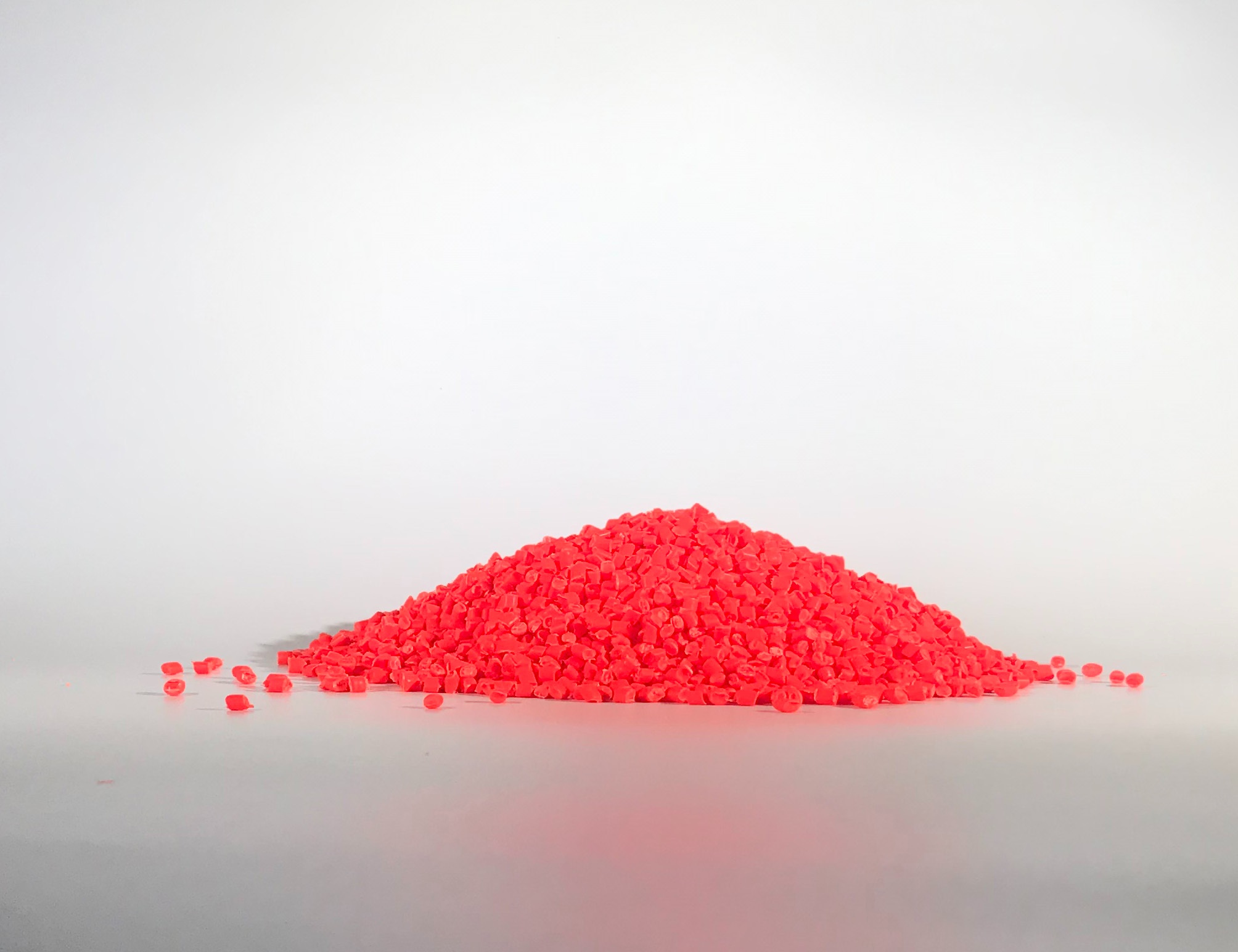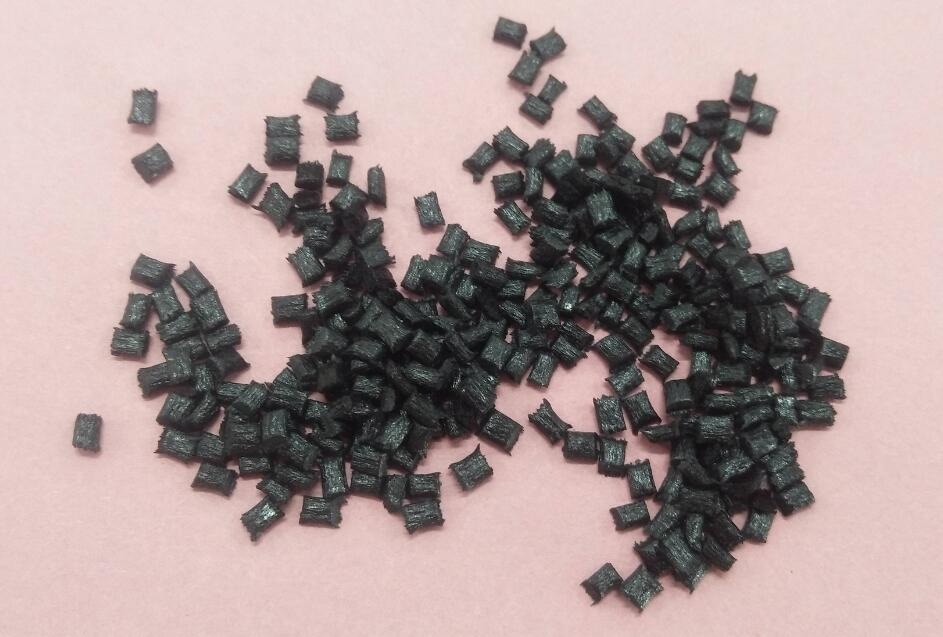Polymer damping materials for vibration and noise reduction
Damping material is a special material with vibration and noise reduction and certain sealing properties, and polymer damping material is the most effective type of damping material, which is widely used due to its unique structure. Damping materials have been widely used for shock absorption and noise reduction of aircraft, rockets, various aircraft, armored vehicles, tanks, cars, and other transportation vehicles, as well as for wave absorption and stealth of submarines, and environmental protection.
Polymer materials generally have significant damping near the glass transition temperature (Tg). When polymers are in a glass state, their modulus is very high, and molecules can hardly move, therefore they cannot absorb mechanical energy; In high elastic states, molecules move easily and cannot absorb sufficient mechanical energy; However, near Tg, the modulus of the polymer significantly decreases, accompanied by obvious mechanical damping characteristics. Mechanical vibration is converted into the motion of macromolecular chains or segments, and mechanical energy is converted into thermal energy through internal friction between molecules, achieving damping effect.
The phase angle difference between strain and stress δ It is called the mechanical loss angle, commonly known as the tangent tan of the mechanical loss angle δ (also known as damping factor) to represent the magnitude of internal friction. The relationship between mechanical loss and damping performance is very close, and the greater the internal friction of the polymer, the better the damping effect δ The relationship between energy storage modulus E 'and loss modulus E' is as follows:
Tan δ= E "/E '
Damping factor tan δ The larger the damping temperature range, the better the damping performance of the material.
08-29 / 2023








